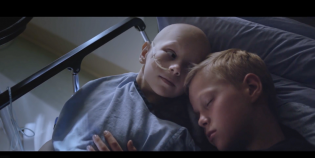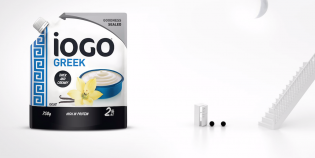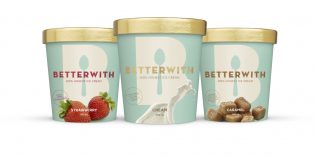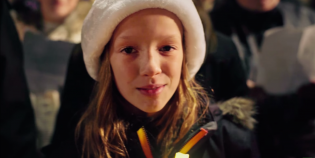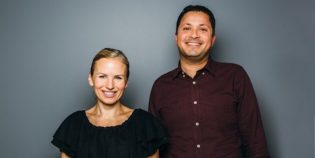In creative industries like advertising, setting aside time for experimental, non-commercial projects benefits business and ultimately leads to better client work. That was the message delivered by creatives from Jam3, Grip Limited and Hush Studios during a panel on digital storytelling on Sunday at FITC in Toronto. Each of the panelists – David Schwarz from Hush, Adrian Belina from Jam3 and Adam Luck from Grip – presented one agency project and spoke about how experimentation helps the storytelling process.
Belina presented on Jam3’s two day hackathon, Hack Days, an annual exercise that splits the agency into three teams pitted against each other to create a digital project built using either the API for a social network like Twitter or Facebook or an emerging technology like the Arduino, a simplified computing product with open source software appearing in more and more DIY and client projects.
One such hackathon utilized and augmented the effects of facial recognition software, a technology the agency later deployed when it partnered with BBDO New York to create visYOUalize, a facial recognition app and microsite for Denon headphones. Because Jam3 had learned to use the software at its hackathon, it was able to deliver the project more quickly and expertly when the call came, Belina said.
Denon: visYOUalize Yourself Case Study from Jam3 on Vimeo.
However, Belina also admitted it’s difficult to make time for events such as hackathons, to turn off the phones and tell clients they aren’t available. “The tricky thing is finding time to do it,” he said. “We’d love to have hack days every day of our lives, but the truth is that we only do it once a year.”
Speaking at another FITC session, OneMethod vice-president and director of technology Hoss Gifford explained that his agency’s internal incubator, the MethLab, has similarly helped inspire the work done by the rest of the agency and its parent agency, Bensimon Byrne.
The MethLab works on projects such as Red Carpet, a loyalty app designed for restaurants and bars. Gifford said by owning the intellectual property on projects like this, OneMethod can increase its potential for revenue outside of billable hours in additional to inspiring client work.
He said it also helps the agency to “fail quickly, see the fails and fix them,” which is important for agency culture.
Gifford also spoke about La Carnita, a restaurant that is a spin-off business that grew out of OneMethod selling artwork out of its office and giving away free tacos. While La Carnita spun off into a profitable business in its own right (Gifford said the agency made back its investment in just three months) the branding and story behind it has also acted as a calling card for the agency.


